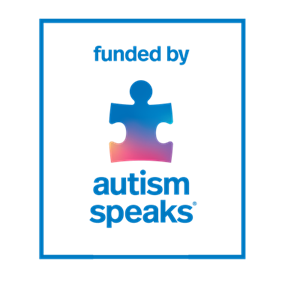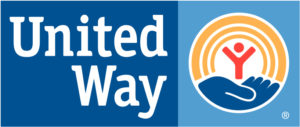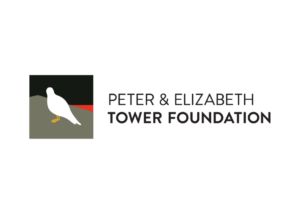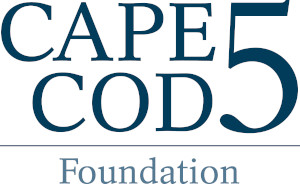
Autism is a bio-neurological developmental disability that generally appears before the age of three. Autism impacts normal development of the brain in the areas of social interaction, communication skills and cognitive function. Individuals with autism typically have difficulties in verbal and non-verbal communication, social interactions and leisure or play activities. Autism ranges from mild to severe.
Did You Know?
- Autism is diagnosed four times more often in boys than girls.
- Its prevalence is not affected by race, religion or socio-economic status.
- Since autism was first diagnosed in the U.S. the occurrence has climbed to an alarming rate of 1 in 54 people nationwide.
- The cause of autism is unknown.
- Autism does not affect life expectancy.
- Currently there is no cure.
- Most with an autism diagnosis require lifelong assistance.
- There are no medications that can cure autism spectrum disorders. Treatment depends on individual needs. Typically a combination of treatment methods is most effective, i.e., medications, occupational therapy, physical therapy, speech therapy and behavior modification.
“If a man does not keep pace with his companions, perhaps it is because he hears a different drummer. Let him step to the music which he hears, however measured or far away”
Henry David Thoreau
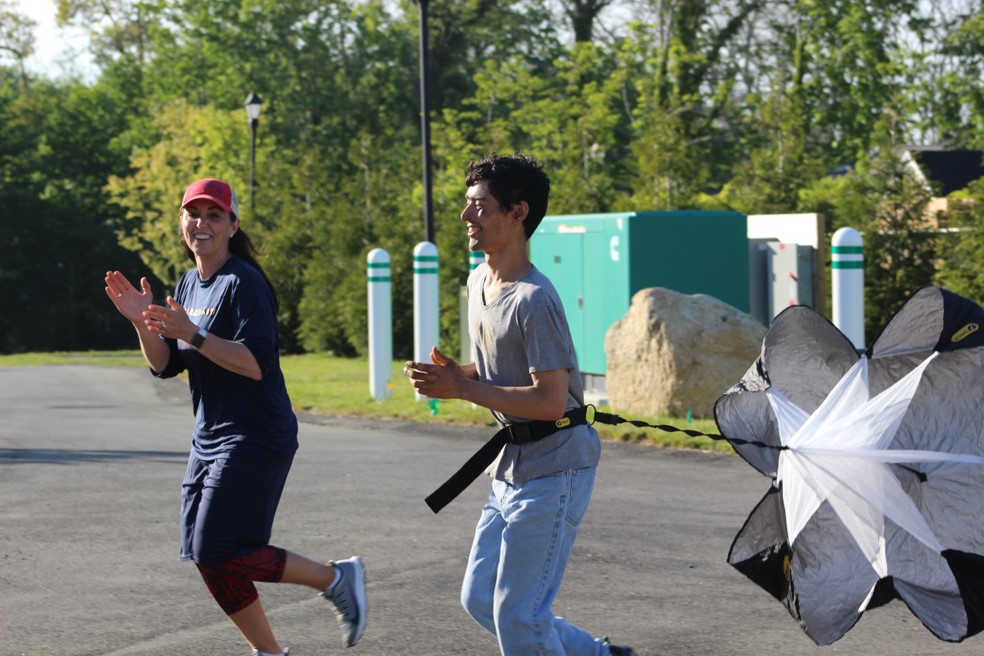
The Face of Autism
People with autism experience significant challenges with life skills and require ongoing support for social interaction, communication or repetitive behavior. Characteristics may include:
- Lack of response to others, poor eye contact
- Sensory sensitivity (lights, sounds, tastes, touch/textures, smells, etc.)
- Nonverbal or impaired expressive language – lack of intonation/echolalia (repetitive phrases)
- Impaired receptive language (lack of understanding)
- Inappropriate laughing, crying and/or displays of distress
- Highly focused interests and rigid behaviors
Learn More: Links to Autism Resources
